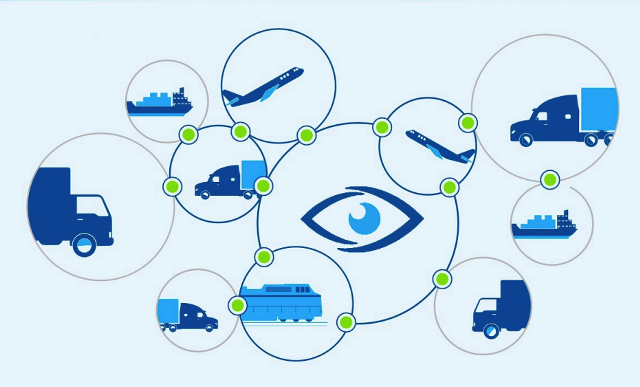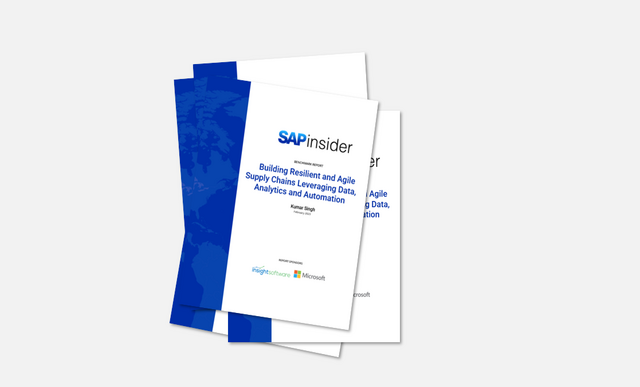Russia Ukraine War Brings Increased Complexity to Supply Chains
New Challenges for Global Supply Chains
Meet the Authors
Russia’s invasion of Ukraine in February 2022, is adding to existing challenges in global supply chains. Tensions continue to rise as new sanctions are levied. Industry experts predict long-term supply chain impacts from this geopolitical conflict. For supply chains, it is yet another global event requiring their companies to pivot in the face of adversity.
The war only magnifies global supply chain dynamics still reeling from an ongoing pandemic. The pandemic continues to cause factory production delays and port congestion, along with regional lockdowns. Now, the war is having a profound effect on grains, chemicals, raw materials, industrial parts, and other products necessary for production. In addition, increased prices for oil and gas are leading to greater transportation costs. Food cost continue to rise globally. Most people do not realize the complexity and fragility of international supply chains. Some examples of supply chain disruptions due to the Russia-Ukraine conflict include:
- Ocean, air, and rail shipments could be experiencing delays
- International trade routes are rerouted or are cut off, resulting in delays and higher costs
- Financial sanctions and export controls are imposed on Russia by Europe and other countries
- Country of origin (COO) takes center stage for products exported by Russia
- Customs inspections increase, slowing the movement of goods
- Customer fulfillment executed in weeks rather than days because of supply availability and production delays
- Trade compliance departments are tested in a volatile regulatory environment
Supply chain challenges are not uncommon. The winds of change continue to unfold. Whether it was the financial crisis of 2008, the 2011 tsunami in Japan, or the 2018 China to US tariff taxes there will always be disruptive supply chain events. So, what makes the current global landscape different? Consider the baseline of where we were just a few years ago, which has now compromised organizations abilities to pivot quickly.
Explore related questions
- Companies implemented lean global supply chains, moving production into lower cost regions through outsourcing and offshoring.
- China emerged as a major manufacturing hub to global markets.
- Just-in-time and lean methodologies lowered inventory levels.
- Demand forecasting relied on historical patterns without considering disruptions.
The war has a significant impact on the tech industry. Technical workers still residing in Ukraine are now worried for their own lives and some have chosen to sign up to join Ukraine’s’ volunteer army. Ukraine is also a key region to hire or contract quality tech talent. In addition, with expedited immigration opportunities we could see a huge technical worker migration. It remains a fluid situation as to whether international tech companies keep a presence in Russia. Some tech companies are not waiting for national mandates but are taking sanctions into their own hands. In a recent article, SAP stated that they stopped all services and technology to Russia and Belarus since March 2, and are also using technology to help with aid efforts.
Solutions will come from outside industry and involve governments to provide trade support. Infrastructure investments must improve in local regions. In recent years, we have seen organizations diversify sources of production, implementing regional or localized strategies for speed to market but with the potential of higher costs.
It is important stay atop of the latest developments between Russia and Ukraine. If China forms a closer alliance with Russia, global tensions surge causing more challenges to emerge. How can you best prepare?
Key takeaways for SAPinsiders:
- Leverage technology to track insights, so emerging issues are not a surprise. There is an urgent need to use real-time data to drive faster data driven decisions. Agility, flexibility, and ease of use are key considerations.
- Prepare with an initiative-taking strategy for possible cyberattacks. An initiative-taking approach to protect sensitive data, intellectual property, and personal information will reduce risk. Keeping software up to date, scheduling system back-ups, and using two-factor authentication are ways to strengthen the security.
- Learn where you have risk with suppliers and consider diversifying your supplier sources. Implement the ability to pivot quickly when supply chain disruptions occur. Establish dependable secondary suppliers in different regions to minimize risk. Periodically check quality, regulation compliance, and economic or pollical risk factors.
- Consider implementing stress tests for your supply chains. Map your entire supply chain and run disruption scenarios. Evaluate a pass/no pass assessment that considers time to survive, recover, and fiscal impact. By identifying, implementing, and periodically reviewing supply chain risk factors you can identify points of failure and minimize financial exposure.





